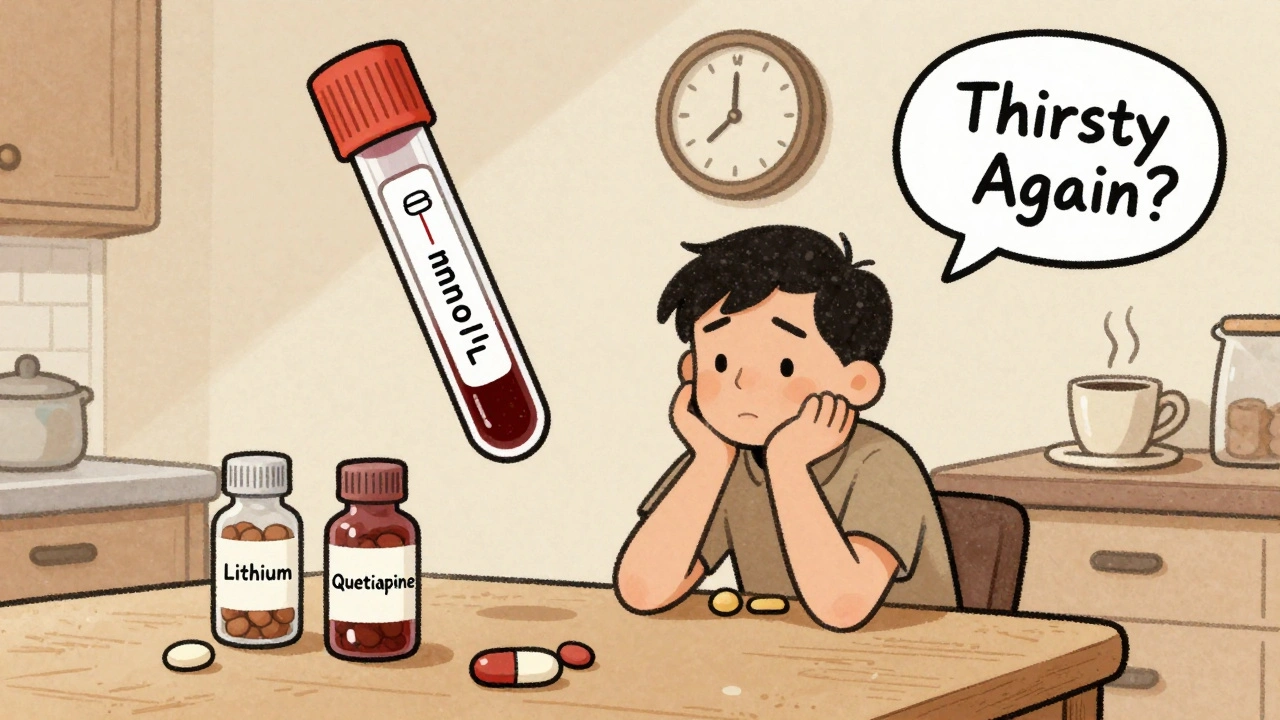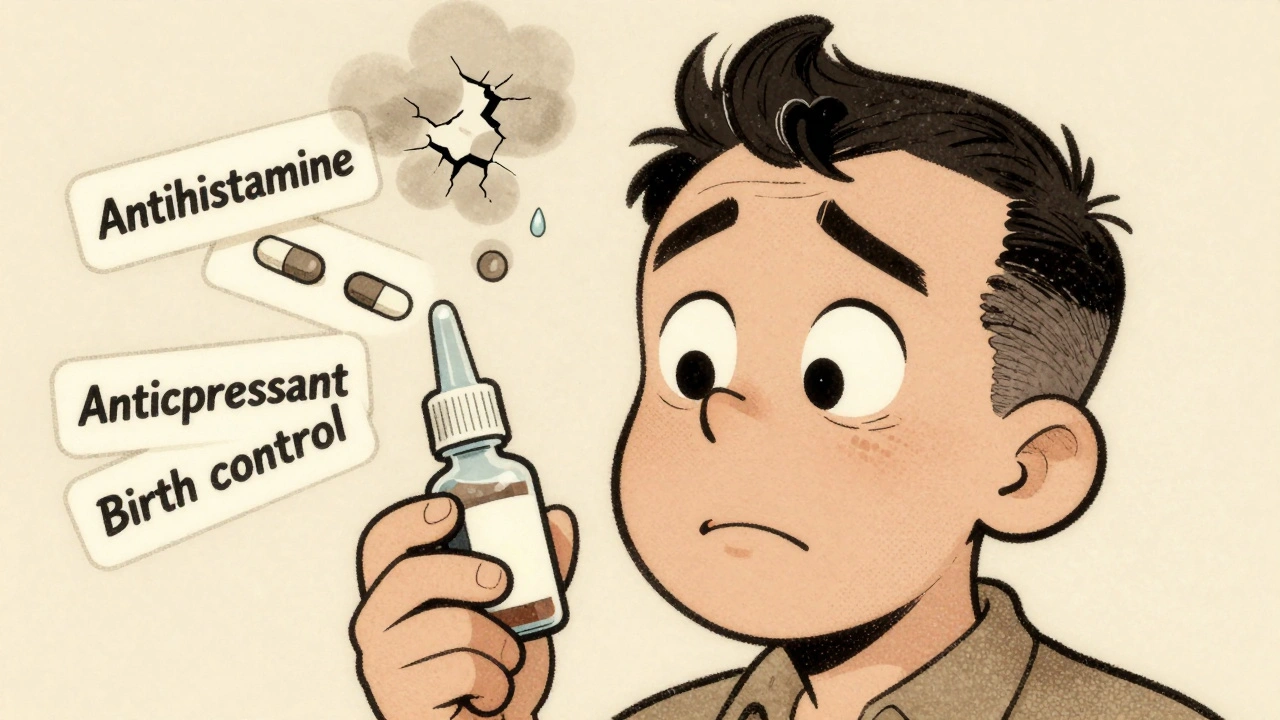Refractive Errors: What They Are and How They Affect Your Vision
When you can’t see clearly up close or far away, it’s often not because your eyes are sick—it’s because of a refractive error, a condition where the eye doesn’t bend light properly, causing blurred vision. Also known as vision focusing problems, refractive errors are the reason most people need glasses or contacts. They’re not diseases, and they don’t mean your eyes are damaged. They just mean the shape of your eye doesn’t match the way light should hit your retina.
There are four main types: myopia, nearsightedness, where distant objects look blurry; hyperopia, farsightedness, where close-up tasks like reading become hard; astigmatism, a curved cornea that makes everything look distorted; and presbyopia, the natural aging of the eye that makes reading small print difficult after 40. These aren’t rare. Nearly 150 million Americans have one or more. You might have had one since childhood and never realized it, or it might have shown up slowly after you turned 40. Either way, it’s fixable.
What’s interesting is how often these problems show up alongside other health issues. For example, people with diabetes often get sudden changes in their vision because blood sugar affects the lens shape. Some medications can also cause temporary blurring. And while you might think wearing glasses weakens your eyes, that’s not true—glasses just help your eye do what it was already trying to do. The real issue isn’t the glasses. It’s the mismatch between your eye’s shape and how light travels through it.
You’ll find posts here that dig into how these errors show up in daily life—like why your phone screen gets harder to read after dinner, or why your eyes tire faster when driving at night. Some articles talk about how generic alternatives to expensive vision correction tools can save you money. Others explain how certain medications might make your vision worse, or how lifestyle changes can slow down the progression of presbyopia. There’s no magic cure, but there are smart, proven ways to manage each type. Whether you’re new to glasses or wondering if LASIK is right for you, the information below gives you the real facts—not marketing hype.
Refractive Errors Explained: How Myopia, Hyperopia, and Astigmatism Are Corrected Today
Myopia, hyperopia, and astigmatism are common refractive errors that blur vision. Learn how glasses, contacts, and modern laser surgery correct them-and what new treatments are slowing myopia progression in children.






